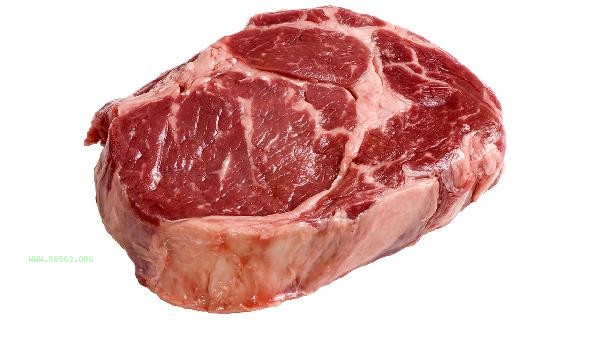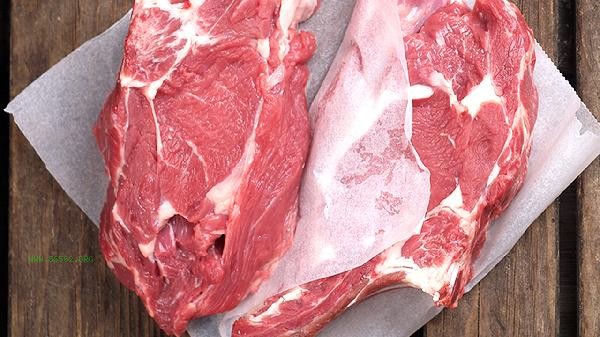The difference between eating beef and chicken during fitness mainly lies in the protein content, fat type, and trace element ratio. Both are high-quality protein sources but have different applicable scenarios. The protein bioavailability of beef is slightly higher than that of chicken, with about 20 grams of protein per 100 grams of lean beef and rich in creatine and heme iron, which is more advantageous for muscle repair after strength training. Its fat is mainly saturated fatty acids, which are suitable for people who need to gain muscle and weight, but those at high risk of cardiovascular disease should control their intake. Beef has a prominent zinc content, which helps with testosterone synthesis and is particularly important for male fitness enthusiasts.

Chicken, especially chicken breast, has only one-third the fat content of beef, and has lower calories under the same weight, making it more suitable for people in the fat loss period or those who need to strictly control their calories. The proportion of branched chain amino acids in chicken protein is close to the human body's requirements, and the absorption rate can reach over 90%. Peeled chicken leg meat can provide more vitamin B6 and niacin, which helps with energy metabolism after exercise. Special processing methods such as boiling chicken breasts in water can maximize the retention of nutrients, while prolonged stewing of beef can lead to the loss of some water-soluble vitamins.

Fitness diet should be flexibly matched according to training goals. During the muscle building period, beef and chicken can be alternately consumed, and during the fat loss period, it is recommended to focus on chicken breast meat. Pay attention to avoiding high-temperature frying cooking methods. Pairing with dark vegetables such as broccoli can increase the absorption rate of iron elements. Individuals with metabolic disorders or renal dysfunction should adjust their total protein intake and proportion under the guidance of a nutritionist.







Comments (0)
Leave a Comment
No comments yet
Be the first to share your thoughts!